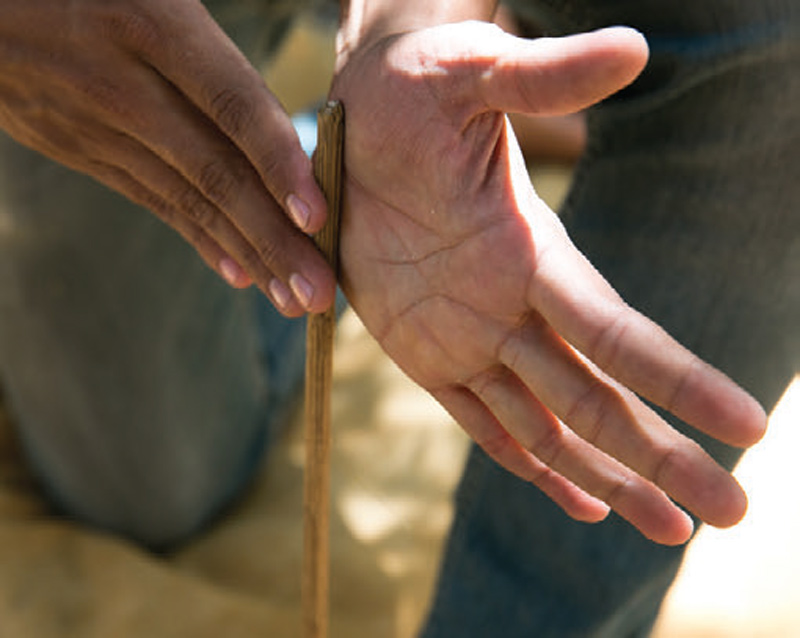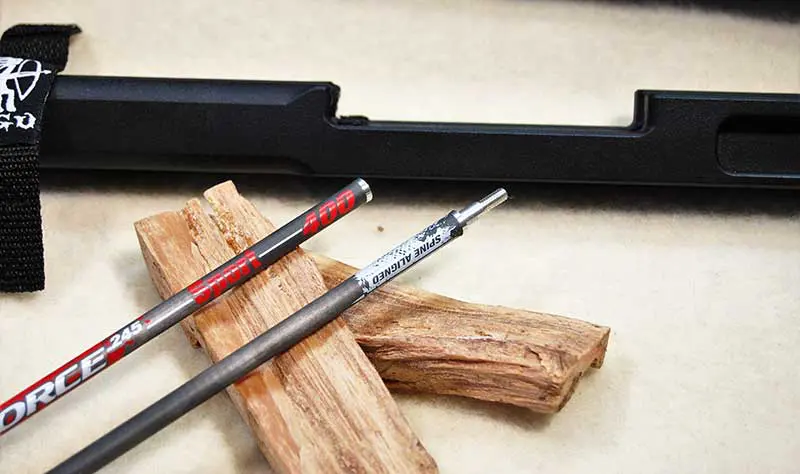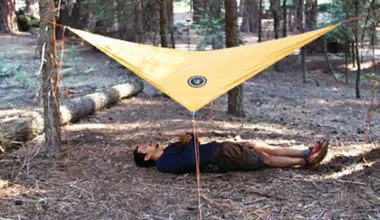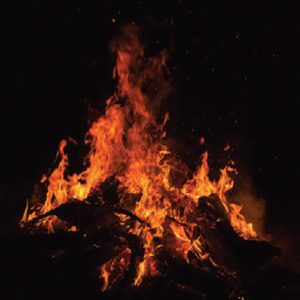 When man first put spindle to hearth, he was beginning a process that would ultimately lead to combustion engines, electricity, and cities that support millions of people.
When man first put spindle to hearth, he was beginning a process that would ultimately lead to combustion engines, electricity, and cities that support millions of people.
But none of that was in the minds of men who, arguably millions of years ago, first scraped fine powder from wood that ultimately melted into an ember. Early man probably had more urgent needs. Possibly he was sheltering his family from a sudden summer shower or had realized food tasted better and he had more energy when it was cooked over a fire.
In Practicing Primitive, Steven Watts lists some documented aboriginal uses for fire: heat, light, cooking, food prep, insect control, preparing adhesives, woodworking, flint knapping, art, music, agriculture, hunting, protection and security, warfare, water purification, personal care, and ceremony.

In the outdoor community, we call fire caveman television, as it is a tool that separates us from all other animals. It is why we are human: we are the only species evolved for fire. Nowadays we have lighters, matches, and literally a hundred ways to bring about fire, but there is still something majestic and human about giving birth to an ember primitively.
Though fire making skills were once almost lost to modern man (save for a few anthropologists and bush hippie renegades), they are not hard to master and provide a calm comfort to the avid outdoorsman. After all, the more you know, the less you need. It never hurts to have multiple methods of firestarting in one’s tool kit. Primitive methods were still being used in California by the last wild Native American, Ishi, as recently as 1911. When I crossed the Serengeti last year with the Hadza, the oldest continuous hunter gatherer tribe, they were making fire using hand drills.

Table of Contents
TYPES OF DRILLS
Most people are successful and more familiar with the bow drill, but this improvement or modernization entails more pieces and complexity than the simple hand drill. I urge people to use this earlier method because it is quicker to construct and, once you become proficient, easier to be consistent with. No convincing evidence exists that aboriginals in California ever made fire from a bow drill. Paul Campbell, author of Survival Skills of Native California, argues that the bow drill is just too modern.
MATERIALS
In many Native American proverbs, fire and water are inextricably linked. Plants that are associated with Riparian zones (a geographical area near a body of water) are always the best to test for fire kits. The roots of some of these plants are especially good, perhaps related to their capacity to carry water. When the wood dries out, there may be more air space and the wood may dry more softly.
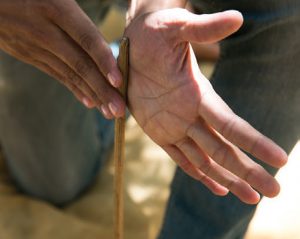
Luckily, most plants have already been tested and we know certain woods work better than others. Woods for hearth and spindle alike are: Willow, Box Elder, Cottonwood, Tulip Poplar, Basswood, Yucca, Red Cedar, Trumpet Vine, Cattail, River Birch, Mullein, Sycamore, Sassafras, and Clemantis vine. In the Southwest, my neck of the woods, I like using Mulefat and Sotol. Ishi was even recorded to use Poison Oak stalks for the spindle.
You can think of the spindle as the male part of the kit and the hearth as the female part. Marry the two together and a baby is produced—the coal. The spindle should be as straight a shaft as you can find. Keep it thin and no more than a quarter-inch thick.
You want it to be long. I like working with spindles at least 22 inches long. The Hadza use spindles up to four feet long, but without a previous fire to straighten a spindle, I find 18 to 24 inches more realistic. The hearth should be long, flat and broad, a quarter of an inch thick or so, nearly a foot long, and a couple inches wide. You should be able to produce a score of fires from a hearth this size.

You need some sort of catch to gather the dust and ultimately the ember you produce from your kit. You can use bark, wood slivers, broad leaves, buckskin, or anything that is thin and won’t fall apart.
The last part to have ready is your tinder bundle. The dry inner bark of trees works well for this, also cattail down, dried grasses, nests, fine wood shavings, and even lint from your dryer. Any dry natural material that has a lot of airspace and thin fibers, like hair, will work.
METHOD
Like anything else, success is in the details. Fire needs three things to be successful: heat, fuel, and oxygen. This even relates to the process of getting an ember. The friction between the spindle and hearth creates heat, the dust that builds from the previous process is the fuel, and the last part of the equation is cutting a v-notch into the center of your depression to provide a place for oxygen and the dust to coalesce into a coal.

In my opinion, there is no better description than that by Theodora Kroeber describing Ishi’s method in Ishi in Two Worlds:
“He then squatted, holding the ends of the hearth steady against the ground with his toes. Next, he placed the drill upright, the larger end in one of the sockets, grasped it between the palms of his open hands, as they were pressed together and then rubbed back and forth in opposite directions. With each motion the drill was forced to rotate, first to right then to left. His hands at the same time were bearing downward, pressing the revolving stick into the socket. Small particles of wood were ground off the sides of the socket, becoming fine sawdust or wood powder which began to turn brown, to smoke a little, to turn darker and

darker to charcoal, and to smoke in good earnest, at the same time being forced by accumulating mass out of the socket into the notch, along the channel, and so off the edge of the hearth. Ishi, at this point, worked faster and faster as he approached his goal, keeping the stick twirling furiously until a tiny spark suddenly glowed within the charred and powdered wood. The effective spark formed, not in the bottom of the socket where it would be quenched by an excess of wood dust, but just outside, in the notch, from whence it traveled, spreading down the channel and onto the pile of tinder on the ground. Once this was alight, he added a small bunch of grass to it. He blew gently on the young flame, and fire was ‘made.’ ”
I urge all readers to get to the woods and practice this method of fire making. It is a great outdoor activity, exercise, and meditation. It resembles playing an instrument and takes continuous practice to maintain a level of proficiency to get fire consistently. When you have mastered this skill, your confidence as an outdoorsman will increase accordingly.
